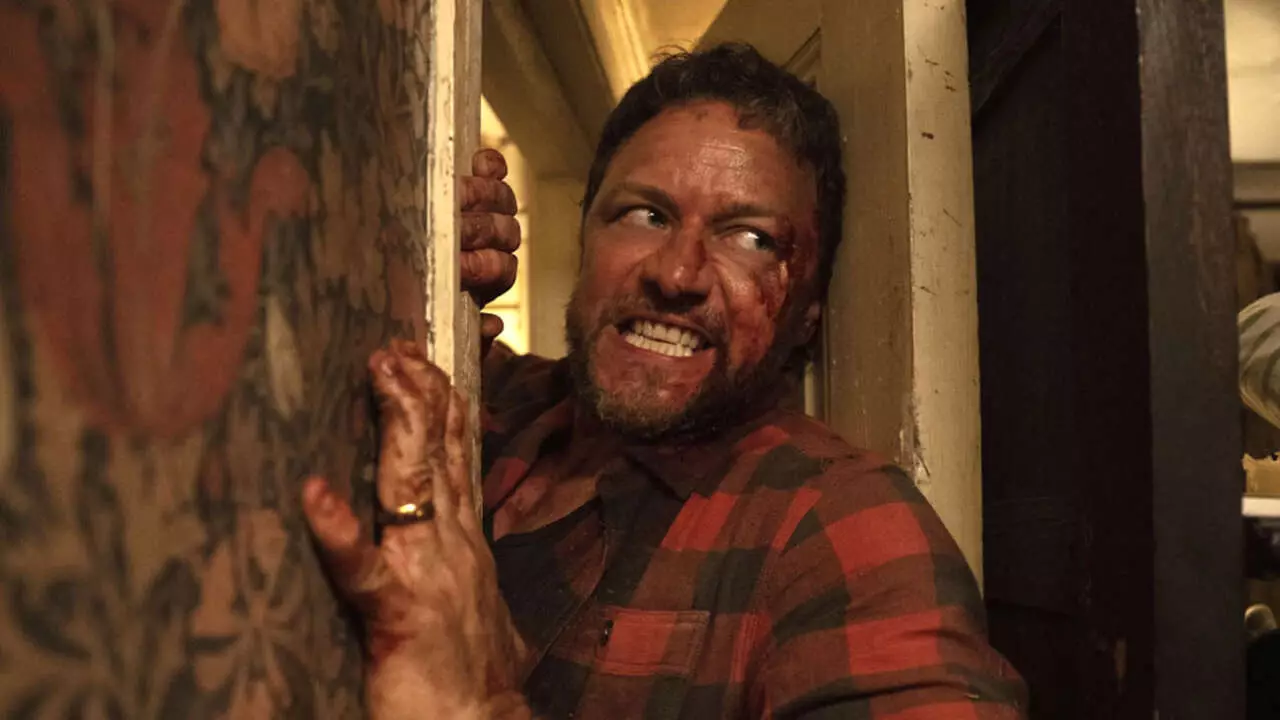The recent American remake of “Speak No Evil” has generated a substantial amount of discussion, primarily due to its contrasting approach compared to the original Danish version. With a modest box office performance that raised questions about its financial viability, it appears to tread the line between artistic integrity and commercial interests. The opinions of Christian Tafdrup, the director and co-writer of the original film, shed light on the cultural discrepancies between American and Danish audiences, particularly in the horror genre.
Box Office Performance: Success or Failure?
At first glance, the American adaptation appears to be a financial success, grossing approximately $24 million worldwide. However, juxtaposing that with the original’s box office of just over $631,000 gives rise to a debate about what constitutes a successful remake. Tafdrup’s observations on this subject suggest that the financial metrics may not tell the entire story. For him, the crux lies in how the narrative has evolved to fit an American audience palate, arguably sacrificing the darker themes that characterize the original.
The Importance of Narrative Integrity
Tafdrup’s discontent with the American version’s “happier ending” emphasizes the essential nature of narratives in shaping cultural sensibilities. He pointed out that American cinema often gravitates toward heroic storylines where good triumphs over evil, a trope that diminishes the psychological depth found in Scandinavian horror. Tafdrup argues that narratives created within a certain cultural context should retain their integrity, as they mirror the societal fears and beliefs of that culture. By altering the core essence of “Speak No Evil,” the remake risks losing the profound impact that made the original resonate with audiences.
James Watkins, the director and screenwriter of the remake, undoubtedly faces challenges when trying to reinterpret a well-regarded work for a distinctly different audience. While he has tailored the narrative to resonate with American viewers—calling upon the notion of family and resilience—the change in tone raises ethical questions about artistic interpretation. Does such alteration constitute a misunderstanding or dilution of the source material? While the reimagining may cater to mainstream preferences, it also prompts a reevaluation of the balance between artistic expression and commercial appeal.
Tafdrup’s critique is not merely about the plot’s outcome; it extends to the psychological underpinnings of what horror means in different cultural landscapes. Scandinavian horror often grapples with existential dread and societal commentary, appealing to an audience that finds beauty in bleakness. In contrast, American horror frequently embraces redemptive arcs that allow viewers to leave theaters with a sense of hope. This cultural dichotomy illustrates how varied experiences shape the horror genre, providing a rich field for dialogue on audience expectations and artistic authenticity.
As the discourse around “Speak No Evil” unfolds, it invites audiences to contemplate the implications behind remaking films across cultural boundaries. While there is certainly an audience for chilling narratives that evoke discomfort, filmmakers must navigate the treacherous waters of audience expectation versus narrative authenticity. The reception of this remake may serve as a case study for future adaptations, highlighting the importance of remaining true to a film’s core emotional and thematic essence, even in an era increasingly dominated by commercial motivations.


Leave a Reply